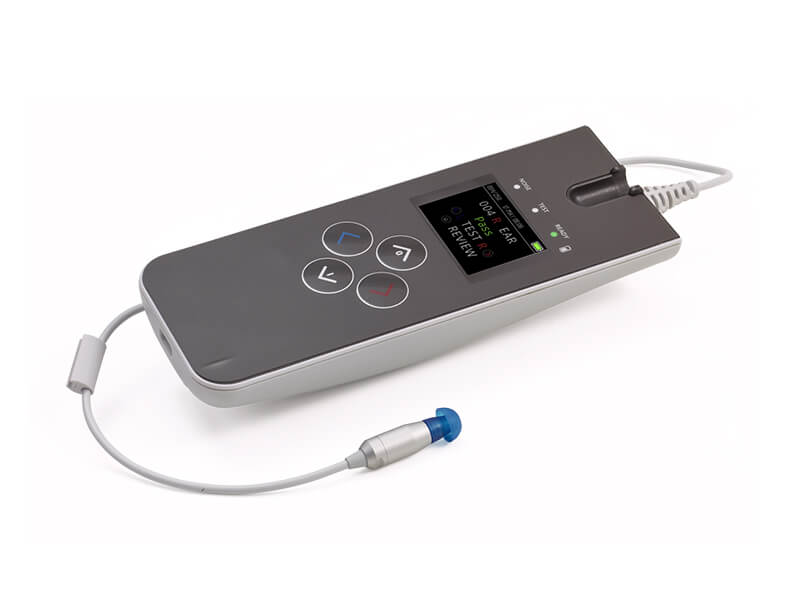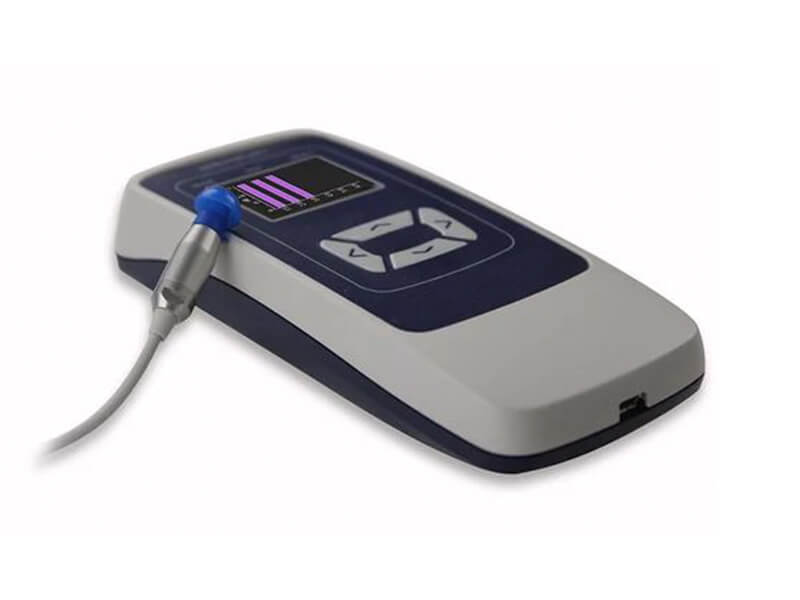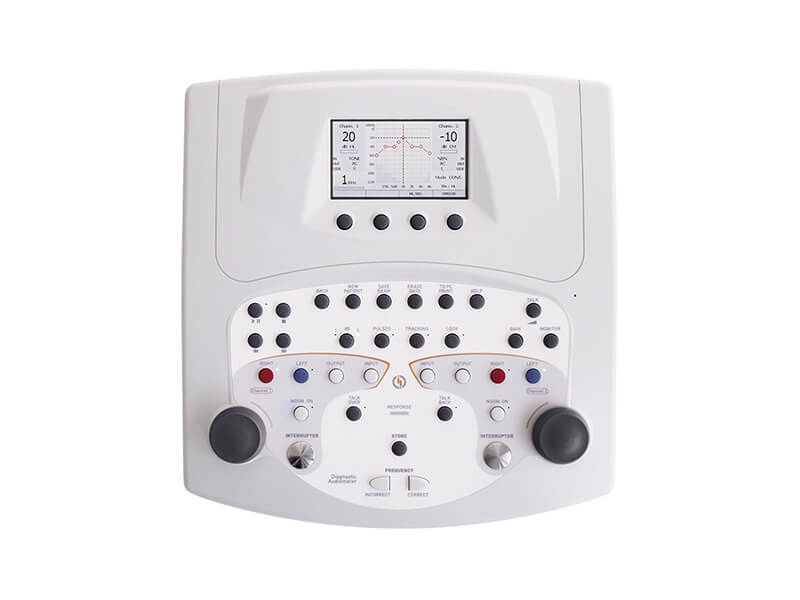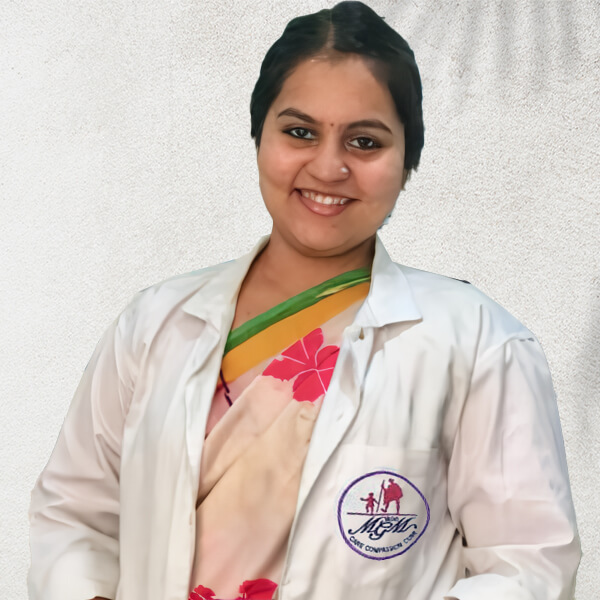Communication sciences are a broad area covering aspects such as Hearing, Balance, Speech, Language and Scholastic performance.
The services offered go beyond the boundaries of pathologies and even assist individuals in excelling in normal communication. The application of this discipline also extends to swallowing related challenges.
Highlights
The department strives hard to provide early identification, evaluation and rehabilitation of speech, communication hearing and feeding difficulties for children , adults and old age patients. We work on a patient centric multidisciplinary approach to augments the patient’s quality of life.
Department of Audiology
The Newborn Hearing Screening Program
OAE (Oto Acoustic Emission testing)
OAE is an ear specific hearing assessment, using a small ear insert. The test can determine if the cochlea is functioning properly. The test is very quick and gives the result immediately, although it can be difficult to get a response if the baby is unsettled at the time of the test or if there is any fluid in the ear.
Play Audiogram
Click ABR (Auditory brainstem response)
Pure Tone Audiometry
Department of Speech-Language Pathology
Assessments
Treatments/ Therapy
Dept. of SLP serves people of all ages with speech, language, swallowing or hearing disorders, differences, or delays, including:
- Children with speech and language delays and disorders.
- Children or adults with stuttering (stammering) or cluttering.
- Children or adults with misarticulations.
- Children or adults with voice disorders.
- Children or adults with communication disorders due to cerebral palsy, stroke, cancer, brain injury, chronic ear infections, congenital or acquired hearing loss.
- Swallowing disorders in children and adults
Technology & Infrastructure

OAE Screener: OtoReadTM
OAE: The new OtoReadTM combines fast and comprehensive DPOAE and TEOAE testing of newborn babies, children and adults in an easy to use, handheld device.
Whether your testing protocols call for transient evoked or distortion product otoacoustic emissions testing, OtoReadTM provides the optimal solution. It can be used for a simple screening or for a more detailed assessment in diagnostic mode, testing across a wide range of frequencies.
DPOAE &/or TEOAE
- User programmable protocols
- Modern cradle for storage, charging & data transfer


Audiometry
Audiometer: Inventis harp
The unit of measure for sound intensity is the decibel (dB). A healthy human ear can hear quiet sounds such as whispers. These are about 20 dB. A loud sound such as a jet engine is between 140 and 180 dB.
The tone of a sound is measured in cycles per second. The unit of measure for tone is Hertz (Hz). Low bass tones measure around 50 Hz. Humans can hear tones between 20-20,000 Hz. Human speech generally falls in the 500-3,000 Hz range.
Our Specialists
Related Care Centers
FAQs
Why screen my baby’s hearing?
What does the newborn hearing screening test involve?
When will I get the results of the hearing screening test and what do they mean?
Children can develop or acquire a hearing loss later on so it is important to check your child’s hearing as they grow up. Even if your baby gets a clear response from their hearing screening test, you can use two checklists to help you assess the development of their hearing; ‘Reactions to sounds checklist’ and ‘Making sounds checklist’.
If you have any concerns about your child’s hearing you can discuss them with your health visitor or family doctor. Your child’s hearing can be tested at any age.
Why does my baby need a second hearing screening test and what does it involve?
If the screening test does not show a clear response from one or both ears, your baby will need a second hearing screening test. A lot of babies need to have a second screening test and this doesn’t necessarily mean that your baby has a hearing loss. Some common reasons, other than hearing loss, for having a second hearing screening test are:
- Your baby may have been unsettled at the time of screening.
- Your baby may have fluid or a temporary blockage in their ear after the birth. This is very common and will pass with time.
Most babies are found to have no hearing loss after the second screening test but it is still important that your baby has the second screen. This is because babies who have a hearing loss will usually react to some sounds. If your baby does have a hearing loss it is important to find out as soon as possible.
I have been told my baby has a hearing loss. What does this mean and where can i get further information and support?
You may be told that your baby has a mild hearing loss. This means that your baby’s hearing is slightly below the level considered normal. Your baby has a good degree of useful hearing but may have difficulty hearing quieter sounds.

